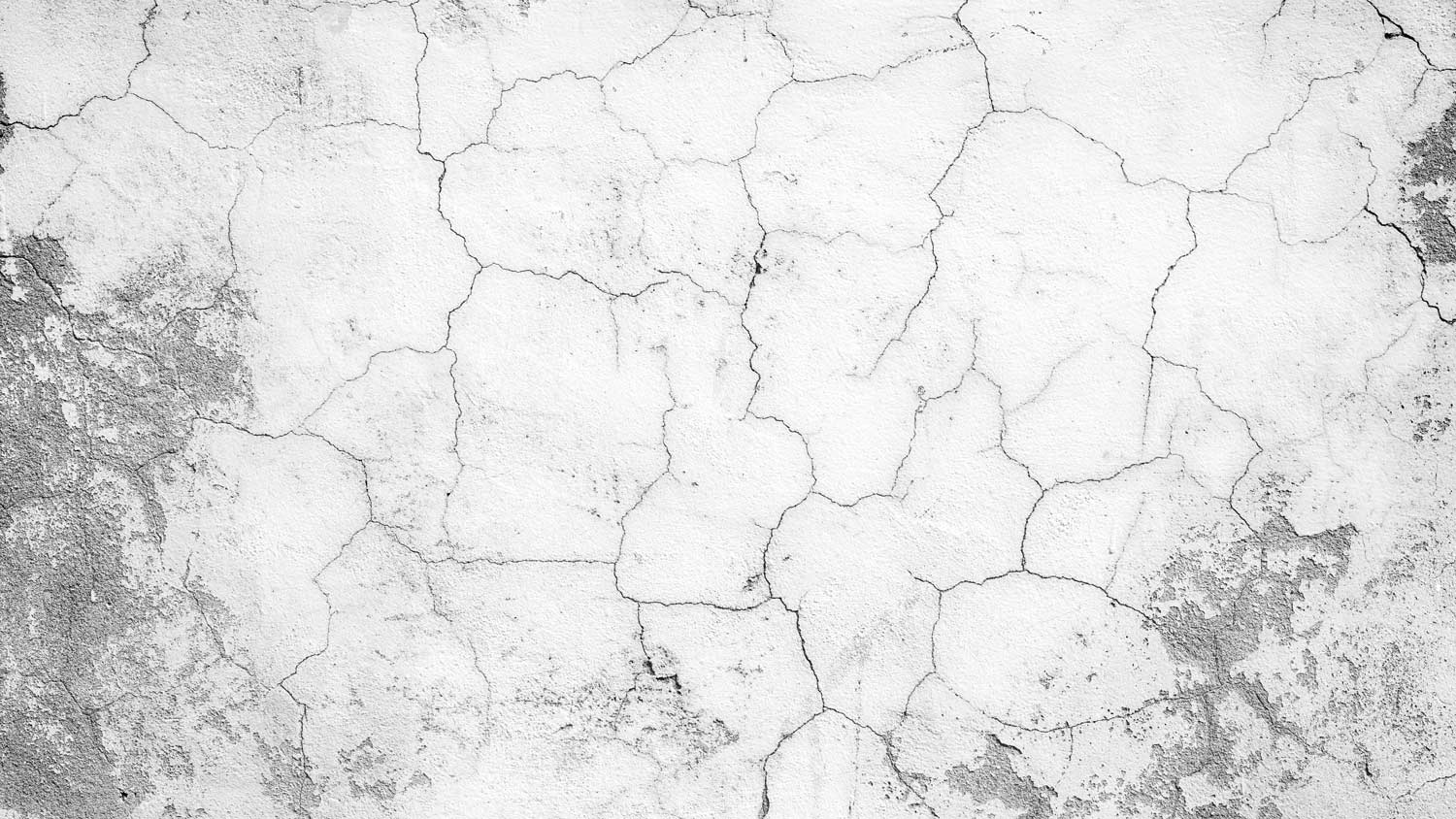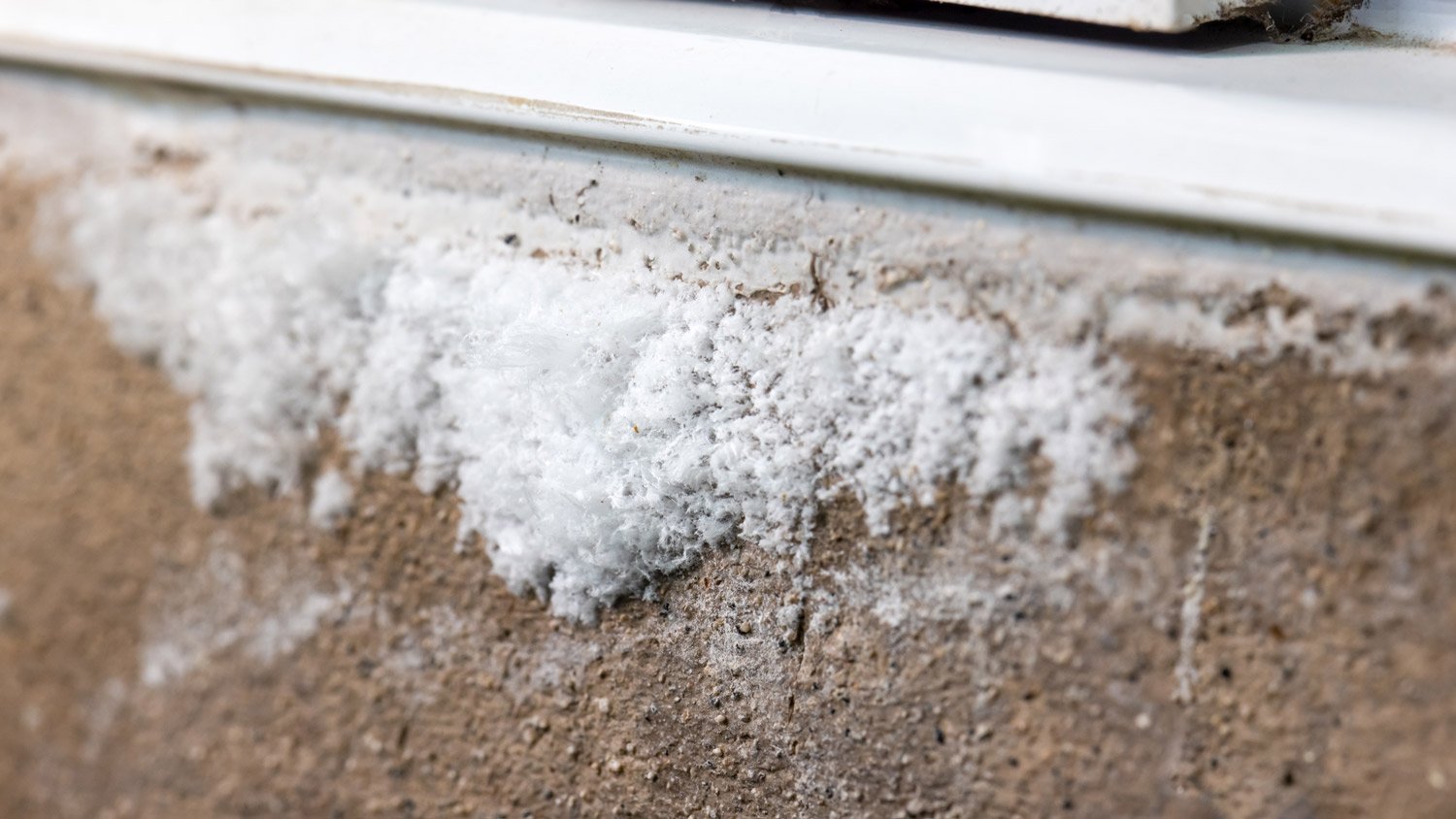
Discover the average concrete pumping cost, including key price factors and tips to help you budget for your next concrete project.
Every concrete problem has a concrete solution


Common concrete problems include cracks, popouts, and settling.
Not all concrete issues indicate a structural threat.
The majority of concrete problems occur during installation.
A concrete professional can confirm the problem and advise the safest repair.
Even the best professionals in the industry experience concrete problems. Repairing concrete cracks, popouts, and structural issues is crucial to keeping the ground beneath our feet strong and stable. Whether you recently installed concrete or have an old slab that's showing signs of decay, this list of concrete problems can help you get to the heart of the problem.
As much as concrete mix manufacturers attempt to sell the best combination of aggregates, inconsistencies will naturally occur, often leading to concrete popouts. When highly absorbent contaminant particles end up in the mix—such as chert and shale—the aggregates will expand and break away from the slab. You’re left with small holes, often less than two inches in diameter, throughout your concrete.
While popouts rarely affect the structure of your slab, they're not very attractive. Prevent popouts by speaking with your local concrete contractor about using a mixture with minimal deleterious materials. Ensure a slow and steady curing process and use the lowest concrete slump possible to avoid issues during water evaporation.
Repair concrete popouts by removing as much deleterious material as possible from the hole. Combine mortar and sand and patch the hole according to the instructions, using adhesive grouting if necessary.

Concrete shrinkage cracks are one of the most common concrete problems on a new slab. As your concrete cures, the water on the top of the slab will evaporate more quickly than on the bottom. Exposure to the air and sun will cause the concrete to cure and stretch at different speeds, leading to minuscule, web-like cracks.
Shrinkage cracks are not usually a structural threat. Prevent as many shrinkage cracks as possible by avoiding installation in the direct sun, extreme heat, or on a windy day. You can repair small concrete cracks with concrete crack filler, a caulking gun, and a putty knife.
Honeycombing is a concrete problem with far more consequences than popouts or shrinkage cracks. Often caused by incorrect mixing, pouring, and curing, honeycombing leads to cavities throughout the slab, creating a honeycomb-like effect. Not only does the issue allow water to permeate the concrete, but extreme cases can also affect its structural integrity.
It's best to work with a professional concrete company to identify the severity of honeycombing and repair the area if necessary. In most cases, a contractor will need to remove the affected area and fill the area with properly mixed mortar.

Have you ever spotted a buildup of white dust on a concrete wall? Concrete efflorescence occurs when salt in the mixture combines with moisture and exudes a white powder on the concrete surface. Not only is the process odd-looking, but it can also affect the slab's longevity. That being said, primary efflorescence only lasts several weeks after pouring. Long-term or secondary efflorescence can be a sign of leaks and waterproofing issues.
Prevent efflorescence by sealing concrete with a waterproof sealant immediately after it cures. Also, ensure proper mixing and curing to avoid an imbalance of water and salt. Repairing the problem is a bit more complex and will often require a professional to identify the cause of the leak or permeability issue.
Segregated concrete is more than just a headache for contractors. A bit like gravy splitting as you cook, segregation is the process of large aggregates settling and separating from the rest of the concrete mixture, leading to an uneven and potentially unstable structure. Concrete segregation occurs for various reasons, often during the mixing and pouring. Incorrect amounts of water, poor mixing strategies, or the wrong combination of materials can all lead to segregation.
The best way to prevent segregation is to work with a highly experienced pro. Mixing concrete yourself is not complex, but a lot can go wrong during the purchasing, mixing, and curing process.
Repairing segregation depends on how far you got in the process and the extent of the damage. Some admixtures can help reintegrate large particles into the mixture. Once cured, professionals will need to test the strength of your structure to determine the best repair or replacement strategy.
When thin layers break off the surface of concrete, it's known as scaling. Scaling can occur during extreme freezing and thawing cycles, poor installation, or damage from deicing chemicals.
Preventing concrete scaling begins with a high-quality concrete mixture and proper installation. If you're concerned about the complex curing process, leave the job to a professional. It's also important to avoid damaging deicing chemicals and consider alternatives to melt ice in the winter. Repair often requires a concrete patching material and a sealant to prevent future scaling.
The last thing you want on your driveway is dark splotches of concrete that stand out against the rest. Discoloration stems from a long list of issues, but most go back to inconsistent mixing, pouring, and curing. Adding calcium chloride to boost its hydration can cause dark spots as well.
Avoid discoloration by replacing an entire concrete slab at the same time and by using a high-quality mixture. Working in batches or replacing parts of your concrete area at a time will often lead to inconsistencies. You may need to stain or paint the concrete for a more consistent appearance.
Similar to concrete surface cracks, inconsistencies between the top and bottom of the slab can lead to concrete curling. When extreme temperature and moisture differences exist throughout a curing slab, the concrete can either bow up or down at the center, causing it to bend or curl. Excessive concrete bleeding—when the aggregate settles too quickly and sends water to the top of the slab—can also lead to curling.
Avoiding concrete curling depends on the mixture, pouring, and curing process. Minimize water content as much as possible and ensure proper installation conditions before pouring. Professionals also recommend installing an absorbent sub-base to prevent bleeding. Mudjacking or replacement may be necessary to even out the slab.
Every concrete slab depends on a stable base. While every slab will settle a bit after installation, extreme settlement can lead to major cracks. Concrete settlement can occur due to drainage issues, erosion, uneven soil compaction, earthquakes, or poor installation of concrete.
Identifying these cracks, particularly cracks in your concrete foundation, can be crucial to avoiding major structural problems. Active horizontal cracks that are more than an eighth of an inch wide will require a professional to determine the best repair. In addition to patching the crack, you may need to increase drainage in your landscape and support your concrete mudjacking.
From average costs to expert advice, get all the answers you need to get your job done.

Discover the average concrete pumping cost, including key price factors and tips to help you budget for your next concrete project.

If your sidewalk is in need of some TLC, this is your comprehensive look at sidewalk replacement cost, so you know what to expect.

Concrete is a durable material but needs maintenance every few years. Use this concrete resurfacing cost guide to get an idea of ongoing maintenance costs.

Dealing with cracked or crumbling concrete on your property? Learn who to call to repair concrete in this guide and the benefits of using a professional.

Want to freshen up your outdoor steps and make them look good as new? Learn how to repair concrete steps quickly and with no experience in this guide

Concrete resurfacing is a much more affordable option than replacing a slab. Learn how long concrete resurfacing lasts and if it’s a better option for you.